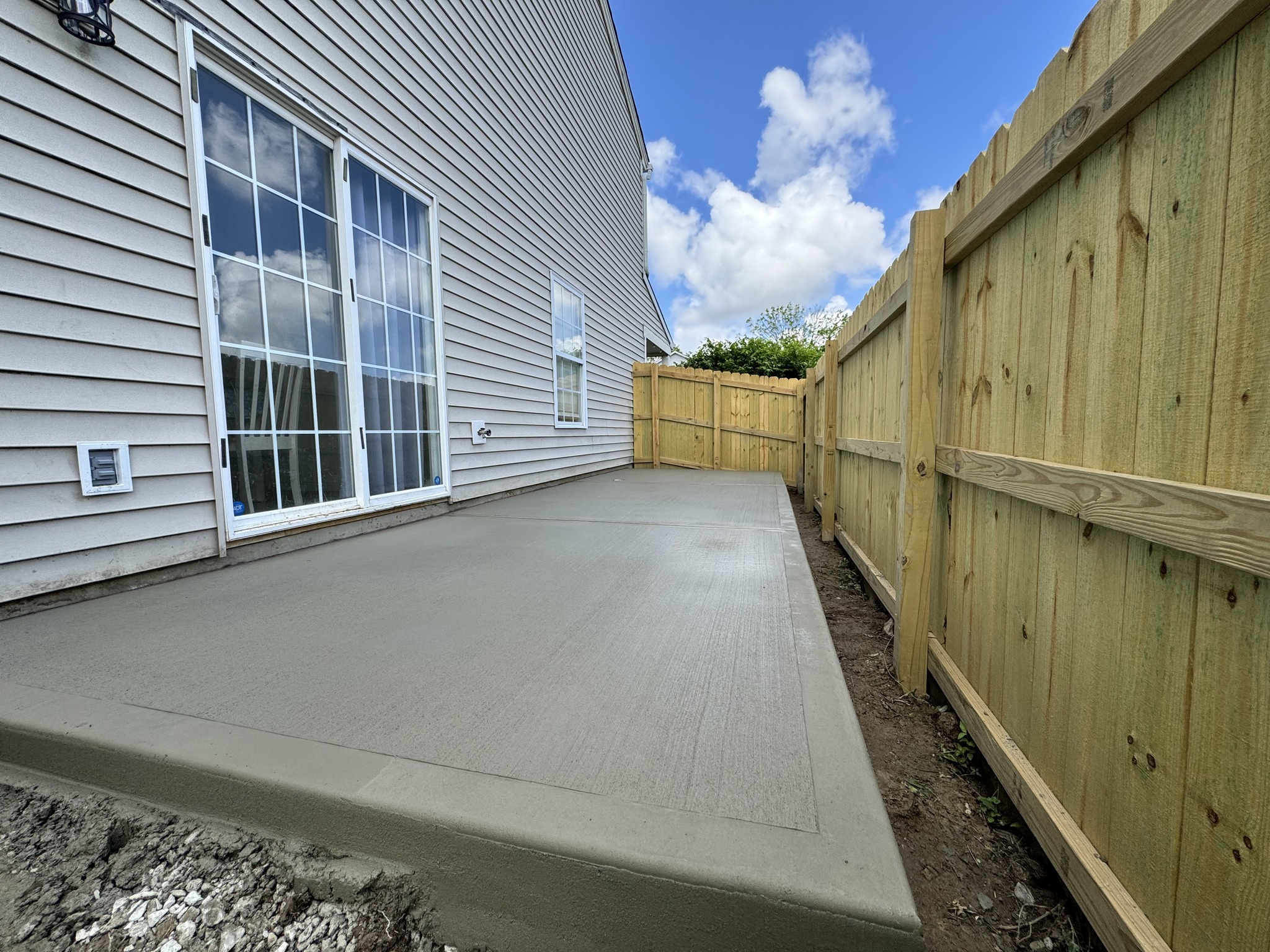
Designing Sustainable Urban Spaces with Eco-Friendly Concrete Innovations Aug 02, 2025
Concrete is one of the most widely used building materials globally, but it has historically been associated with high carbon emissions due to the limestone-calcium oxide conversion process. However, recent advancements in concrete technology have paved the way for more sustainable alternatives. These eco-friendly innovations are not only reducing the environmental impact of concrete but are also opening new possibilities for urban design.
One of the most promising developments in sustainable concrete is the introduction of supplementary cementitious materials (SCMs) like fly ash, slag, and silica fume. These materials can partially replace Portland cement in concrete mixes, significantly reducing carbon emissions. By utilizing industrial by-products, these alternatives also tackle waste management issues, making urban projects more environmentally sound.
Another breakthrough is the use of carbon capture and utilization (CCU) technologies. These processes involve capturing carbon dioxide emissions during cement production and incorporating them into concrete. The result is a carbon-sequestered material that not only lowers emissions but also enhances the durability and longevity of urban structures. This means fewer repairs and less maintenance over time, minimizing long-term urban infrastructure costs.
Permeable concrete is another innovation gaining traction for its role in creating sustainable urban spaces. This type of concrete allows water to pass through, thus reducing runoff and promoting groundwater recharge. It is especially beneficial in urban areas susceptible to flooding, providing effective stormwater management solutions. Additionally, permeable concrete can help mitigate urban heat island effects by allowing cooler ground temperatures to prevail.
The aesthetic versatility of eco-friendly concrete is also contributing to its popularity in urban spaces. With advanced coloring techniques and the ability to mimic the appearance of more costly materials such as stone and brick, eco-friendly concrete is an attractive option for city planners aiming to enhance urban aesthetics without compromising on sustainability.
These innovations are not just about reducing environmental impact; they are about enhancing quality of life in urban areas. By choosing sustainable concrete solutions, cities can improve air quality, reduce heat effects, manage water efficiently, and create more durable public spaces that stand the test of time. For developers and planners, this translates to building urban spaces that not only meet the needs of today's residents but also preserve resources for future generations.
H&R Concrete is committed to embracing these eco-friendly innovations and helping clients integrate sustainable practices into their urban development projects. By prioritizing environmental responsibility, cities can lead by example and inspire communities to engage with sustainability in their everyday lives.
In conclusion, eco-friendly concrete innovations are revolutionizing the way we think about urban development. As cities continue to grow and evolve, the demand for sustainable solutions like those provided by H&R Concrete will only increase. By investing in these technologies, urban planners can create spaces that are not only functional and beautiful, but also sustainable for years to come. This shift not only addresses environmental concerns but also lays the foundation for communities that thrive both environmentally and economically.
/filters:no_upscale()/media/203210ff-094f-42a2-9093-cbf56f3c2f93.webp)
/filters:no_upscale()/filters:format(webp)/media/c072d2dd-6e4a-4753-97df-7a6e43b11ff1.jpg)